Shrubs
-
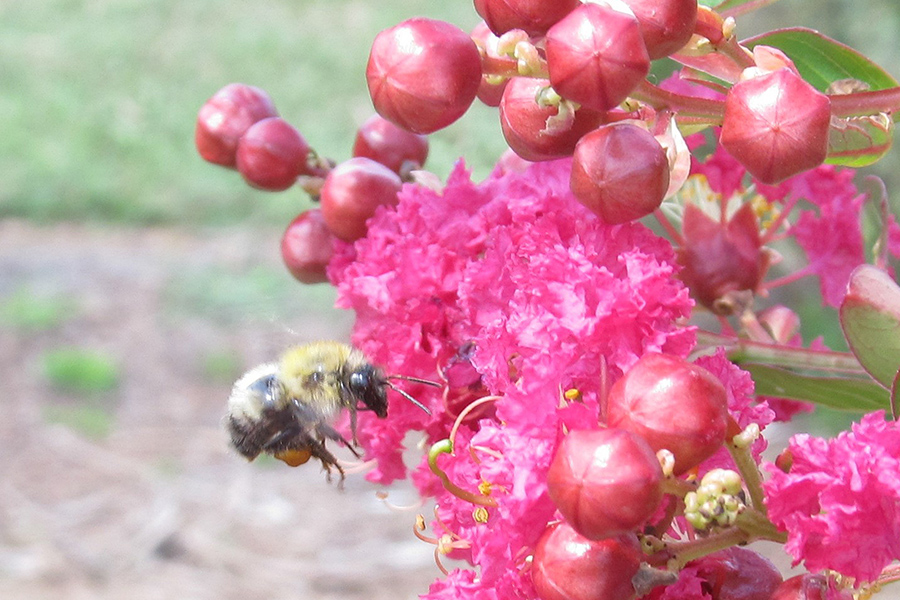
Crape myrtles, Lagerstroemia spp., are popular landscape shrubs and small trees. Native to China, Japan, and Korea southward to Oceania, crape myrtles have been cultivated in the U.S. for more than 175 years. Cultivars range from 3-ft shrubs to 30-ft-tall trees, and they are graced with large panicles of white, pink, lavender, purple, red, and many colors in between. Among cultivars, crape myrtles have a wide range of tolerance to key pests and diseases, such as powdery mildew, flea beetles, crape myrtle aphids, and Japanese beetles. The plant’s flowers are widely admired by humans and can serve as nectar and pollen sources for pollinators. With the recent decline in pollinator health and diversity, pollinator visitation, pest susceptibility, and horticultural attributes should all be considered when choosing crape myrtle cultivars for home and commercial landscapes.
S. Kris Braman, Bodie V. Pennisi, and James C. Quick
|
-
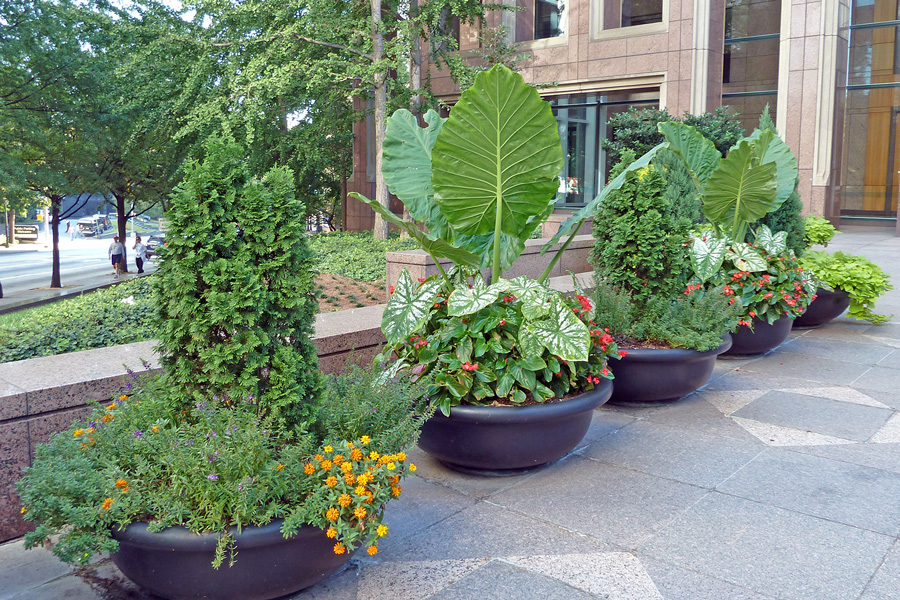
This publication offers information on types of plants suitable for mixed containers, with an emphasis on perennial and woody species and cultivars, as well as aesthetic qualities, cultural conditions and placement within the container.
Bodie V. Pennisi and Matthew Chappell
|
-
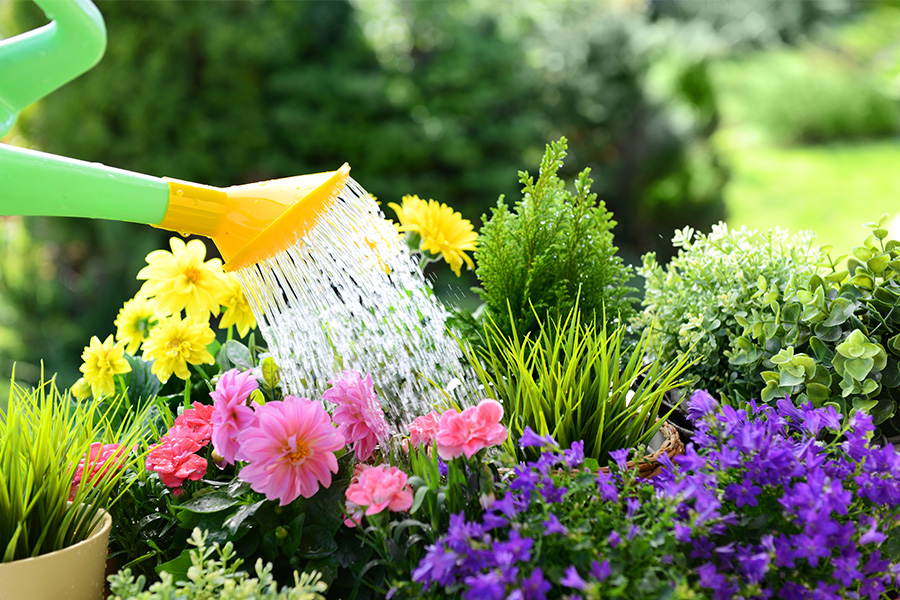
This resource provides guidelines for the care of established ornamental plants in the landscape. Low-maintenance alternatives to traditional cultural practices are discussed throughout.
Bodie V. Pennisi
|
-

C 956
Junipers
This resource provides information about variety selection, characteristics, required care, and disease and pest control for juniper plants.
Bob Westerfield
|
-

C 1081
New Native Little Bluestems
Little Bluestem (Schizachyrium scoparium) is a drought tolerant, low maintenance native plant. This ornamental, warm season perennial grass tolerates a wide range of soil conditions and is easily grown. Its purplish bronze blooms and vertical clusters of slender leaves make it a lovely addition to any landscape. It is cold hardy in Georgia, although it may suffer moderate damage in cold winters in the North Georgia mountains. Dr. Carol Robacker of the University of Georgia and Dr. Melanie Harrison of the United States Department of Agriculture have recently created new Little Bluestem cultivars with improved form, reduced height, and more intense red or blue foliage. Several of these desirable new plants are now available to the landscape industry and the public!
Carol Robacker and Bodie V. Pennisi
|
-

Chaste tree (genus Vitex) is an ornamental with many desirable qualities for the urban landscape. It is a deciduous shrub to small tree proffering violet flowers, which are a magnet for pollinators, fragrant foliage, and excellent drought and deer tolerance. It’s not surprising that it has been touted as one of the best plants for Georgia gardens.
There is always room for improvement on what nature provided, so the breeding team at the University of Georgia Department of Horticulture has spent years working to improve on this valuable ornamental, and they are ready to offer several great new plants: ‘Daytona Heat Danica Pink,’ ‘Daytona Heat Dale White,’ ‘Daytona HeatTM Petty Blue,’ ‘Pink Pinnacles,’ and ‘Little Madame.’ This publication highlights the features of these chaste trees.
Carol Robacker, David A. Knauft, and Bodie V. Pennisi
|
-

This resource will help you choose small trees and shrubs that can provide privacy from your neighbors, separation from a road with heavy traffic or a screen to hide unattractive areas.
Bob Westerfield and Malgorzata Florkowska
|
-
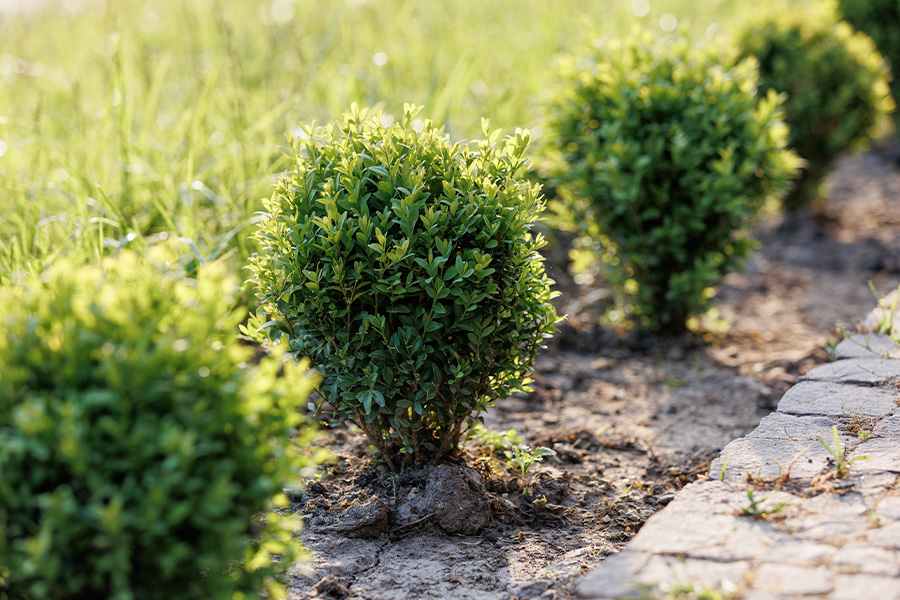
This publication provides alternative plants to replace boxwood in landscapes across Georgia. It includes information on new cultivars and cautions against the use of plants on the GA-EPPC invasive plant list, as well as species and cultivars affected by common pests and diseases.
Bodie V. Pennisi, Gary Peiffer, and Greg Huber
|
-
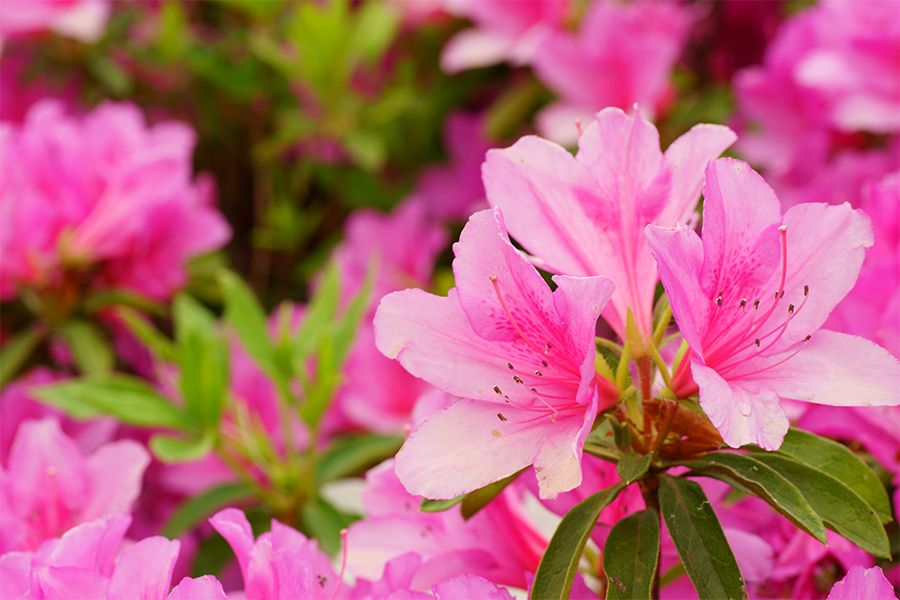
Azaleas’ vivid colors, profusion of flowers and adaptability to a wide range of soils and climates make them one of the most popular flowering shrubs in Georgia. Although most people associate azaleas with spring, there are several that bloom in summer and fall. By carefully selecting plants, you can have azaleas blooming at least eight months of the year.
Bodie V. Pennisi
|